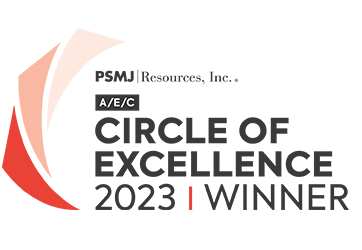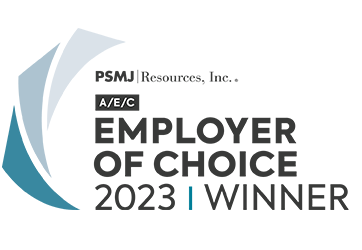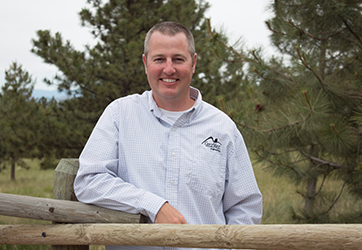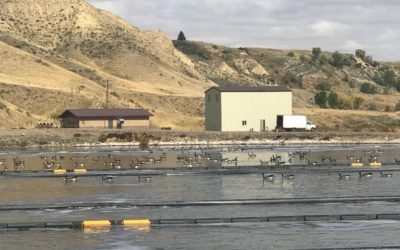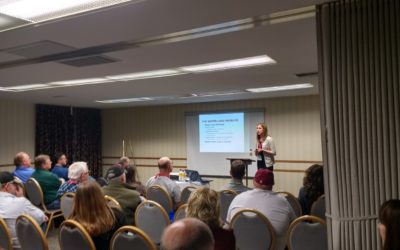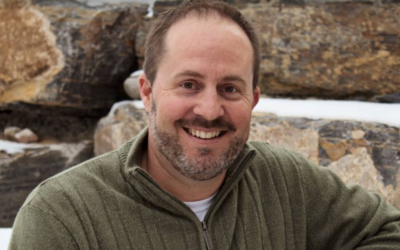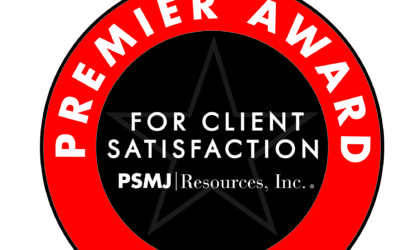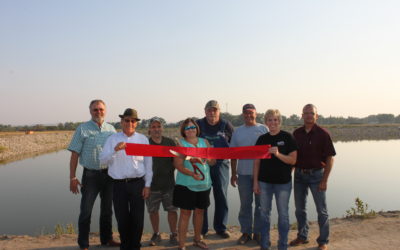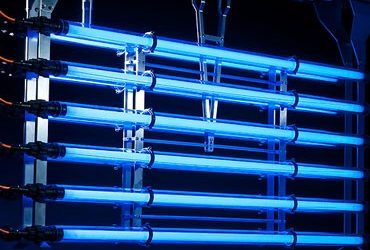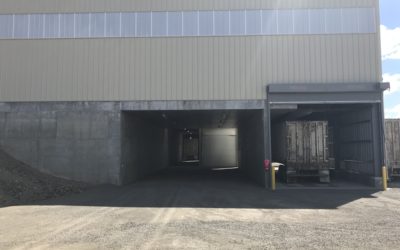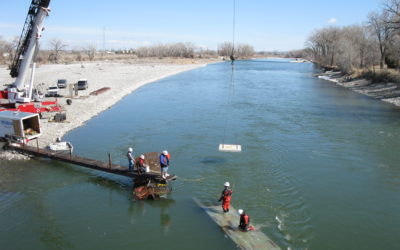What is a Water Model?
A hydraulic water model is a computer simulation of a water system. The water model is a powerful tool that can help to analyze an existing system as well as help to narrow down alternatives for future improvements and/or evaluate proposed developments or improvements. Through the help of specialized software, such as WaterCAD, a community’s water distribution system is modeled as a “network” and allows for nearly as many details you want to input into the system, including pipe material, pipe size, length of pipe, etc.
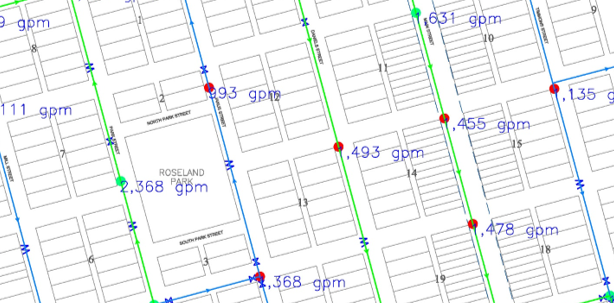
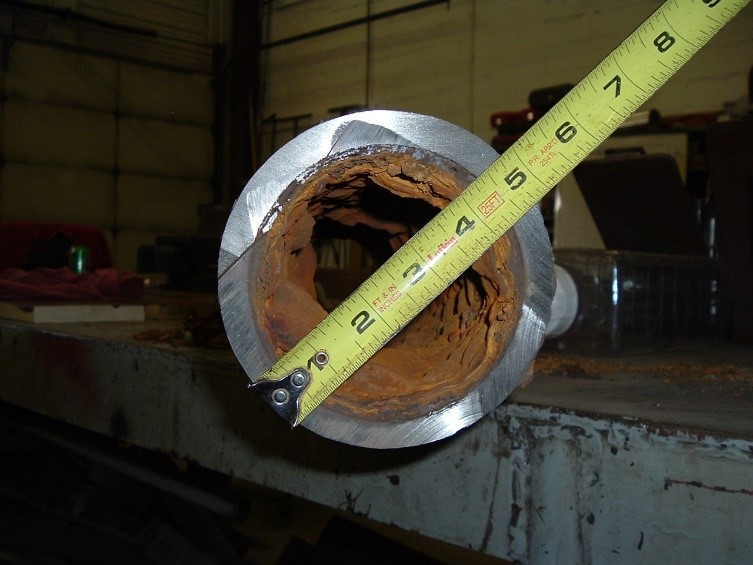
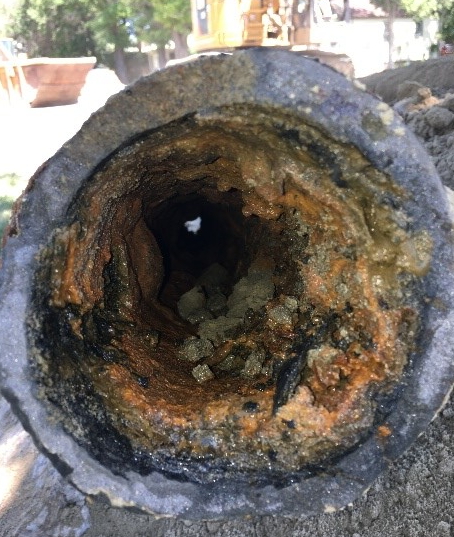
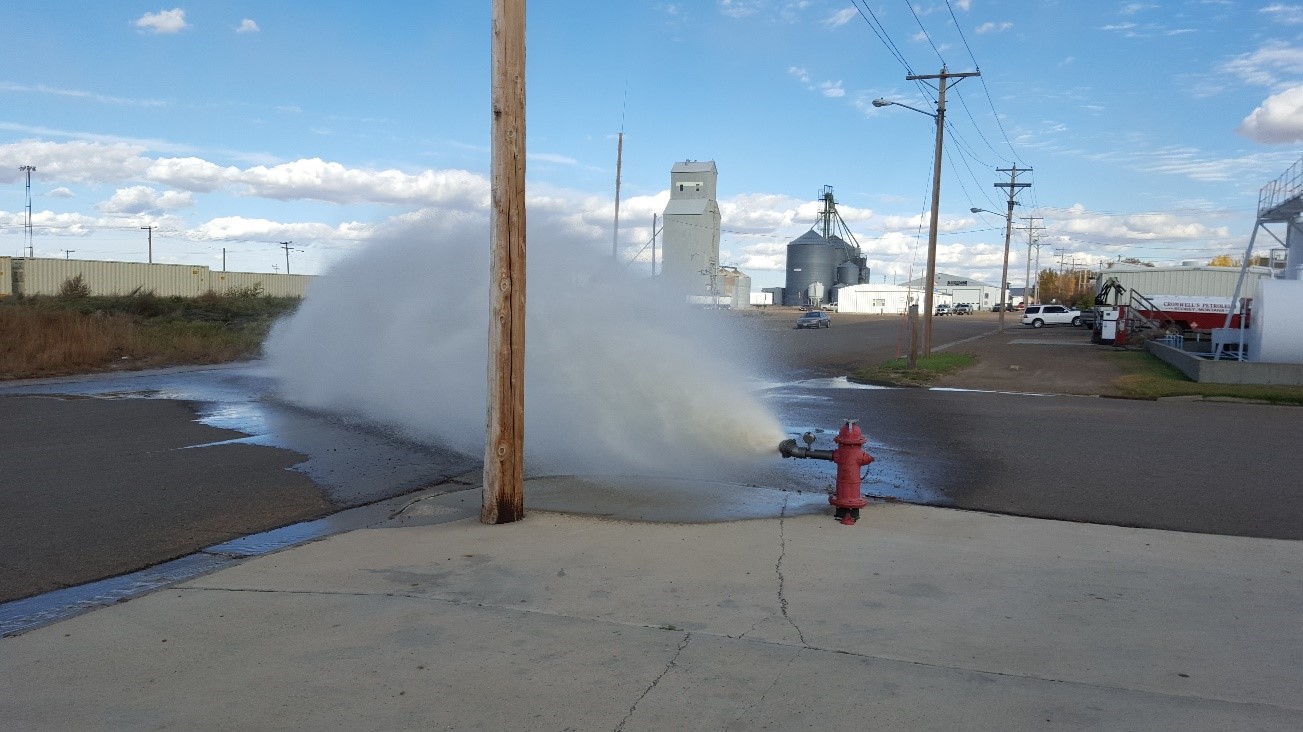

Water Model Usage: Analyze Condition of Existing System
The model can provide a big picture look at how a system should be functioning (i.e. how much water is available at fire hydrants, what system pressure, how to tank levels affect the system, etc.). Too often, however, a model is left at the theoretical level when it is actually much more important to get real results. One of the best ways to determine the accuracy of a water model is to calibrate it with hydrant testing. An ideal hydrant test would involve flowing one hydrant at a time while recording the available flow as well as the pressure not only of the flowing hydrant but also of several other hydrants throughout the system. A handful of hydrants should be tested throughout the community. These results are then compared to the original water model to determine how well the theoretical matches with the real results. There can be numerous reasons for differences. A common issue is excessively aged and/or scaled pipe, which can create additional headlosses in the system. Or, sometimes, the results may indicate a physical problem in the distribution system itself such as a closed or stuck valve. Regardless, the hydrant testing is important to calibrate the water model, which ensures that when looking at future analyses, the results are most accurate for the system.
Water Model Usage: Determine Available Fire Flows
One of the most common uses for water modeling at Great West is to help communities determine available fire flows for their water system. This is an important consideration for all communities but may be most significant for small systems as fire flow demands are typically much larger than their projected customer demands and as a result drive the overall size of the system. Water modeling can not only identify fire flow deficiencies for a system but can also be used to evaluate alternatives to improve fire flow as part of future fire flow improvements. The model can help determine which pipes need to be upsized and to what size. The model can also be used to help prioritize improvements by determining which improvements will have the most significant hydraulic benefits to the system.
Water Model Usage: Analyze System Pressures
A hydraulic water model helps to evaluate system pressures. Determining where pressures may be deficient and under what conditions (i.e. with a particularly pump running or not running, or when tank levels drop, etc.). The model can determine where pressure zones may need to be added or modified. Similarly, it can help to determine what elevations of new tanks should be.
Water Model Usage: Determine System Adequacy for New Development
Another common benefit to water modeling is to evaluate impacts on the system from proposed developments and/or connections to the system. Can an existing system handle a new connection at the proposed location? If not, what improvements can be done to the existing system to make the new connection acceptable? All of these questions can be answered with an accurate water model.
Water Model Usage: Prioritize Improvements and Save Money
In addition to looking at the existing system, the water model has a function which allows the user to add alternatives right into the system. The model of the existing system remains in tact while the user can make changes to the system in separate “scenarios” to simulate what the results of various improvements may be (i.e. upsizing a pipeline, looping the distribution system, adding a pressure zone, etc.). With input from the client as to what the desired end results are, the model can help to identify the most economical improvements that will provide the best end result for any particular system.
Water Model Usage: Is it Time for an Updated Water Model of Your System?
How well do you understand your distribution system? Do you have a long term plan to improve your system? Can a hydraulic water model help you develop a more cost effective replacement plan?
A little extra time and money invested in a properly developed water model can be the difference in completing cost effective, phased improvements that are improving the overall system versus wasting large sums of money doing improvements that are not going to help meet the desired end results.
Article by Crystal Bennett, PE


Have Questions?
LATEST NEWS
Great West Engineering Selected For 2023 Circle of Excellence Award!
PSMJ Resources, Inc., the world’s leading authority on the effective management of architecture, engineering, and construction firms, has announced Great West Engineering as a winner of the 2023 Circle of Excellence. The Circle of Excellence highlights successfully...
Great West Engineering Wins 2023 Employer of Choice® Award!
For the fifth consecutive year, Great West Engineering has been announced as one of ten nationwide winners of PSMJ's A/E/C Employer of Choice® Award! The A/E/C Employer of Choice® Award is the industry’s premier recognition of firms that have mastered workforce...
Brandon Duffey Promoted to Billings Transportation Business Unit Manager
We are pleased to announce Brandon Duffey has assumed the role of Billings Transportation Business Unit Manager. Based in Great West’s Billings office, Brandon will lead the Firm’s Transportation Business Unit for the region, ensuring responsive service and quality solutions are provided to Eastern Montana clients.
Company News
Updates and News From Great WestKeeping the Tee Box Green While Disposing of Wastewater
The City of Fort Benton recently completed an award winning and very innovative project, one that not only upgraded the community’s wastewater treatment system, but added the unique twist of keeping the grass green at the City golf course. The City’s original...
Making a Difference Through Professional Organizations
The benefit of professional organizations to society are well documented in history and have resulted in a world that is much more secure, safe and healthy. For example, the work of professional organizations has resulted in design guidelines that make our roads...
Helping Those In Need
Thanks to all our employees who donated this holiday season to help families in need! Great West matched dollar per dollar to make the holidays a little less stressful, and a little more special for 4 families in our community who could use the extra help...
Welcome Craig Sauer!
We are pleased to welcome Craig Sauer, LG to Great West! Craig is a Hydrogeologist with a wealth of experience and knowledge. Welcome aboard Craig!
Great West Wins 2018 Premier Award for Client Satisfaction
We are pleased to announce Great West Engineering has been named a recipient of the PSMJ 2018 Premier Award for Client Satisfaction! The award honors engineering firms that deliver a truly exceptional client experience and is based on data collected from 280,000...
Preparing for Project Completion
You can finally see the light at the end of the tunnel. After extensive planning, design, bidding, and construction, your project is nearly complete. Now what? As you prepare to take over the operation and maintenance of your project, there are several things you...
What is UV Disinfection?
How Does UV Work: Ultraviolet (UV) disinfection inactivates microscopic organisms such as bacteria, viruses, protozoa and other pathogens in wastewater by exposing them to light of a specific wave length. More specifically, a wavelength between 250 and 270 nm is...
Design-Build Project Success
Like many communities in Idaho, Twin Falls County is experiencing major growth. And with growth comes more solid waste and people that want to drop-off their garbage! Facing growing safety and capacity challenges at the Twin Falls Transfer Station, the County’s solid...
The Road to Repair – Montana House Bill 473
The 65th session of the Montana Legislature passed House Bill 473 which increased State fuel tax for the first time in 20 years. House Bill 473, known as the Bridge and Road Safety and Accountability Act (BaRSAA), provides for a graduated increase in motor fuel tax...
APWA Rocky Mountain Chapter Conference
We're all packed up and ready for the APWA Rocky Mountain Chapter Conference starting on Monday, April 16th. If your headed to Boise for the conference, don't forget to stop by the Great West booth and chat with our municipal engineers. We're happy to answer...

